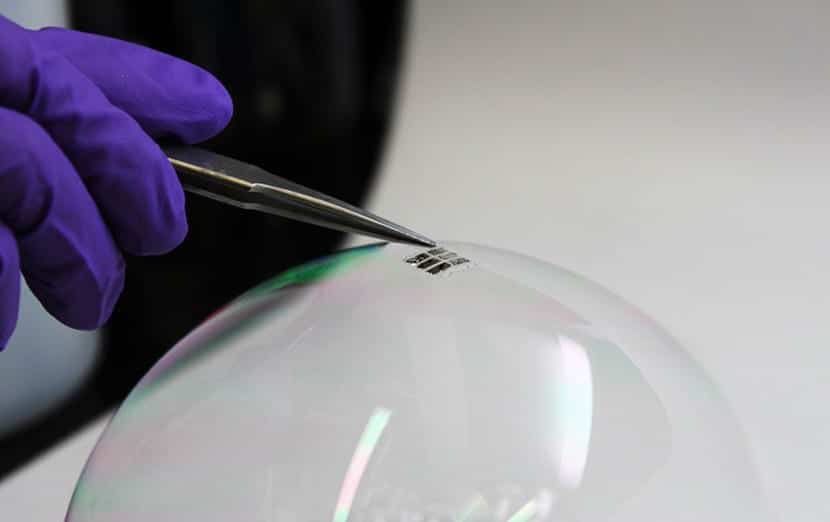
Trina Solar is an international leader in photovoltaic (PV) modules, solutions and services. A few days ago it announced that its main R&D center for photovoltaic science and technology (PVST) has established a new record with an efficiency 24,13% total area for a monocrystalline silicon, type N (c-Si) solar cell with large area (156 x 156 mm2) interdigitated back contact (IBC).
The record-breaking N-type monocrystalline silicon solar panel was made from a large phosphor-doped Cz (Czochralski) silicon substrate through an industrial process low cost IBC, employing conventional doping and metallization technologies fully screen printed.
The 156 × 156mm2 solar panel achieved a total area efficiency of 24,13% according to independent measurement performed by the Japan Electrical and Environmental Safety Technology Laboratory (JET).
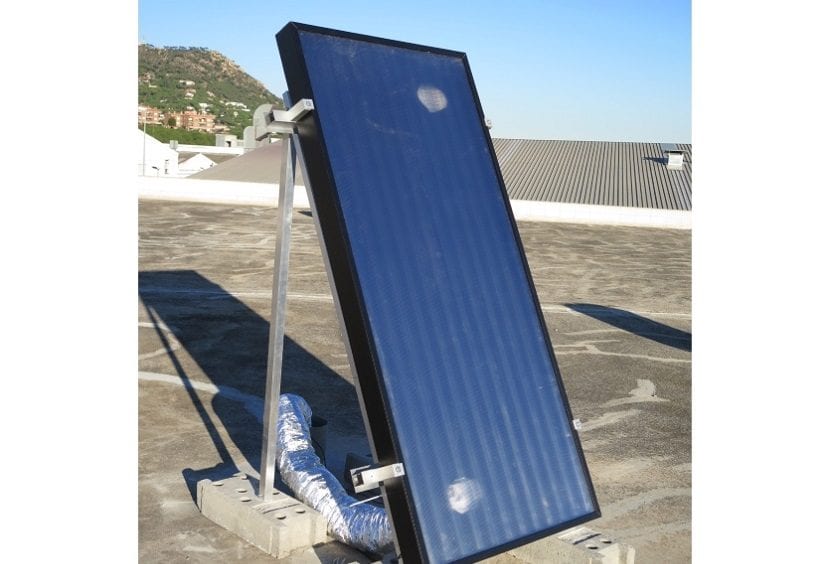
The IBC solar cell has a total area of 243,3 cm2; such measurement was made without any aperture. The winning cell has the following characteristics: an open circuit voltage Voc of 702,7 mV, a short circuit current density Jsc of 42,1 mA / cm2 and a fill factor FF of 81,47%.
Trina Solar Achievements
In February 2014, Trina Solar and the Australian National University (ANU) jointly announced a record of 24,37% opening efficiency in an IBC solar cell, at a laboratory scale of 4 cm2, manufactured in type N substrate with the floating zone method (FZ) and using the creation of patterns with photolithography.
In late 2014, Trina Solar announced a total area efficiency of 22,94% for the industrial version of a large IBC solar cell (156 x 156 mm2, with a 6-inch substrate). In April 2016, Trina Solar announced the creation of a low-cost, industrial, improved IBC solar cell with a total area efficiency of 23,5%.
The New Total Area Efficiency Record 24,13% is only 0,24% absolute below the record for small area aperture efficiency in a laboratory for cells, set jointly by the Company and the ANU. Total area efficiencies are always lower than aperture efficiencies, due to efficiency losses related to cell edges and electrical contact areas.
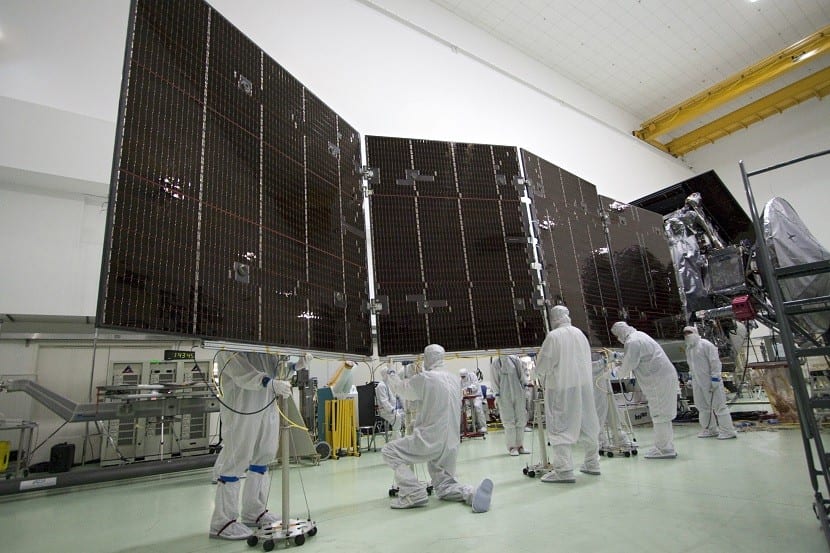
According to Dr. Pierre Verlinder, Vice President and Chief Scientist of Trina Solar: “We are pleased to announce the latest achievement of our research team at SKL PVST. Over the last few years, our R&D team has managed to continuously improve the efficiency of our N-type IBC solar panels, surpassing the limits and breaking previous records; and managing to get close to the performance of our best small area cell in a laboratory developed in collaboration with ANU three years ago ”.
“IBC solar panels are one of the solar cells of more efficient silicon today, and are particularly suitable for applications where the requirement of a high power density is more important than the LCOE (normalized cost of electricity).
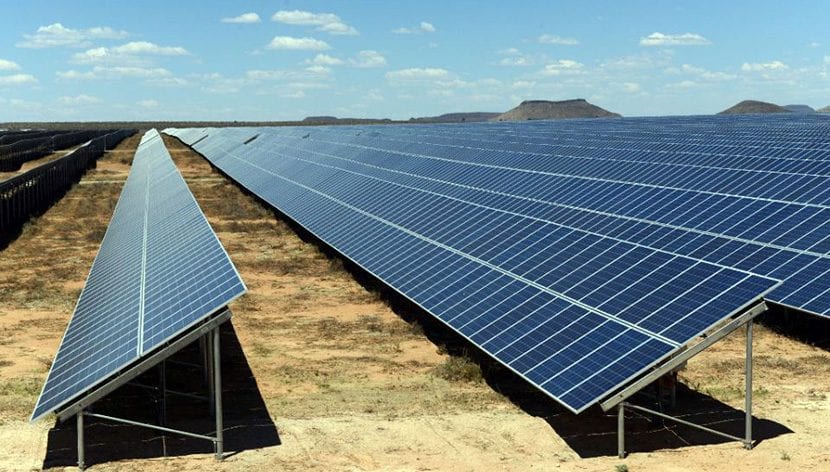
According to company executives: Our cell program has always focused on the development of large-area cells and low-cost industrial processes. Today we are pleased announce that our large area IBC cell has reached almost the same level of performance than the small area cell created in the laboratory three years ago through a photolithography process.
In the photovoltaic industry driven by innovation, Trina Solar is always focused on developing cutting edge PV products and technologies with improved cell efficiency and reduced system cost. His maximum objective it is to influence technological innovation, and transfer, as quickly as possible, the technology from the laboratory to commercial production ”.
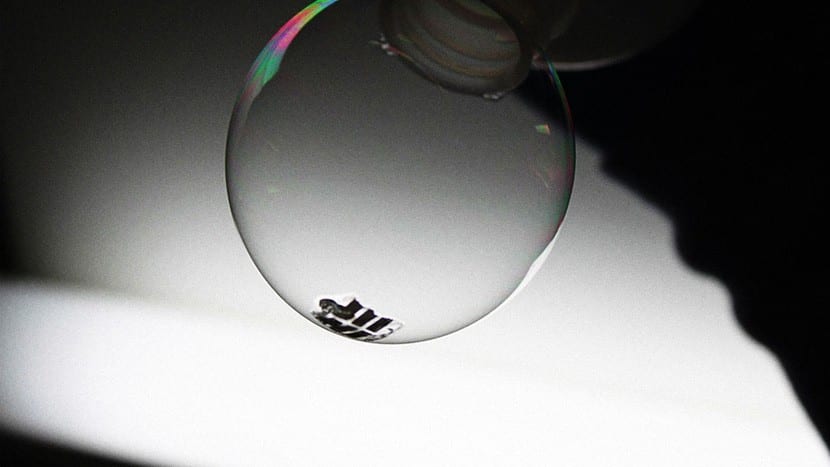
Other advances in solar energy
Perovskites
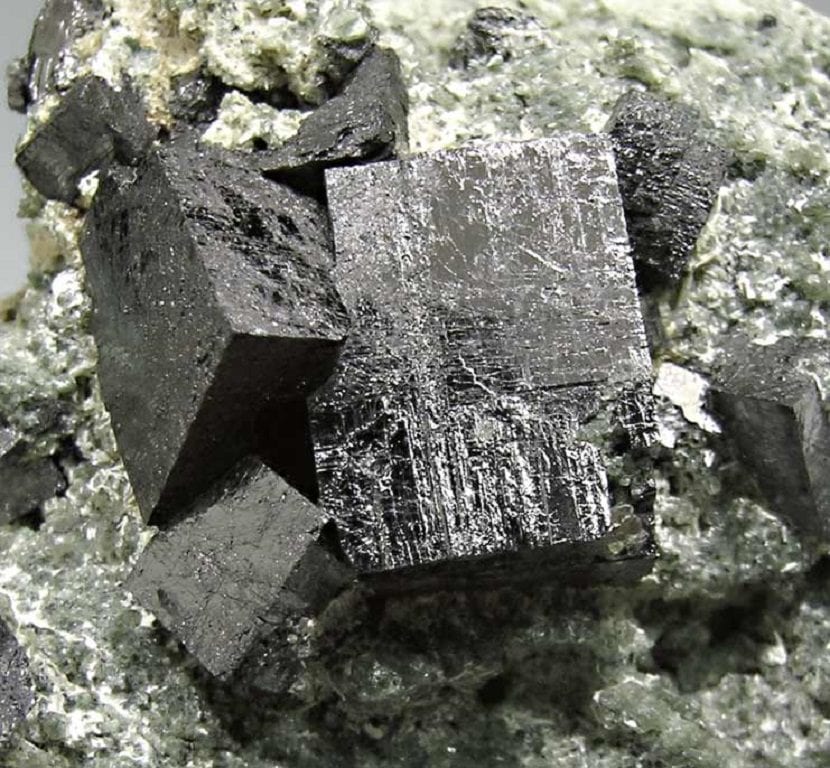
Today's silicon-based solar cells suffer from some limitations: they are made of a material that rarely it is found in nature in the pure and necessary form to make them, they are stiff and heavy, and their efficiency is limited and difficult to scale.
New materials, called perovskites, are proposed to solve these limitations because they depend on abundant elements and cheap as they have the potential to achieve greater efficiency.
Perovskites are a wide category of materials in which organic molecules formed mostly by bonds of carbon and hydrogen with a metal, such as lead, and a halogen, such as chlorine, in a lattice-shaped crystal.
They can be obtained with relative ease, cheaply and without emissions, resulting in a thin and light film that can be adapted to any shape, which would allow to manufacture solar panels in a simple, efficient way and with a adaptable result and easy to install.
However, they have two drawbacks: the first is that the possibility of integrating them into mass production it has not yet been proven; the other, that they tend to break down pretty fast in real conditions.
Photovoltaic ink

To solve these drawbacks of perovskites, a team from the US National Renewable Energy Laboratory has devised a new method with which to handle them. It is about making a 'photovoltaic ink that allows them to be in automatic production processes.
This investigation began with a very simple pervoskite composed of iodine, lead and methylammonium. Under normal conditions, this mixture would easily form crystals, but it would take a long time at high temperatures to solidify later, which would delay and make a manufacturing process more expensive. So the team looked for those conditions that would accelerate the formation of the crystal, which involved replacing part of the material with other compounds, such as chlorine, and add what they called a "negative solvent", something that would settle the solution quickly.
